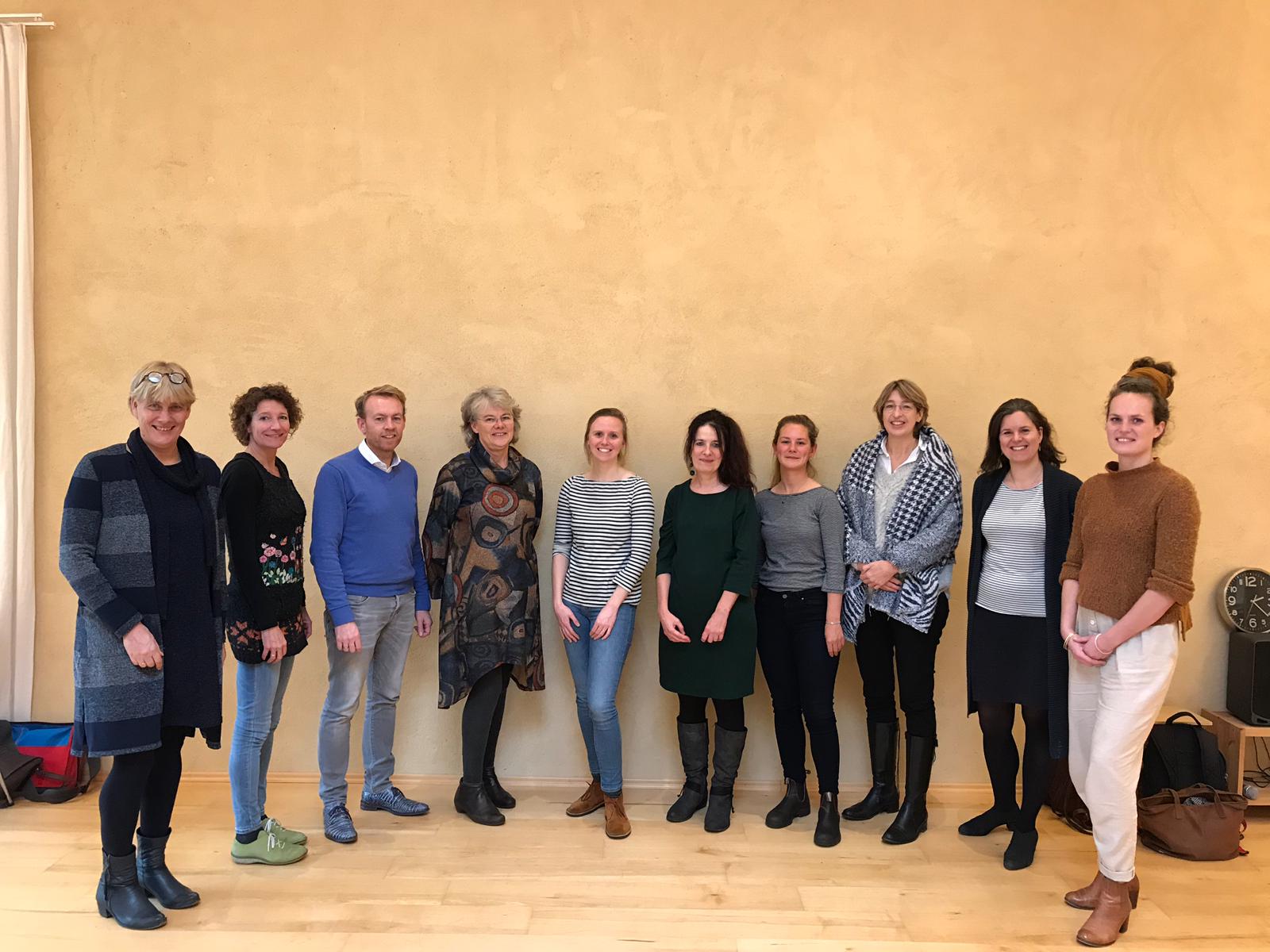Systemic training in 2019 - what we learned
Recently, for the third year in a row, 3rd year medical bachelor students of the University of Groningen were enrolled in a 2-hour training on systemic awareness using the systemic constellation method. In short, in groups of 10 to 15 students, facilitated by 2 trainers we conducted a systemic constellation on team roles. The focus was on their bachelor research project team they were currently involved in. Details on the lecture and training can be found at the training section.
Three things we learned:
The systemic method has it origin in therapy and is often applied in a coaching or consultation setting. Higher education is a different field with different players, structures and language. In that sense, we noticed that an important difference that needs to be taken into account is that, in contrast to coaching and consultancy, in education the persons who take part in the systemic training are not ‘clients’. They are not the ones who requested to be engage in systemic training. The person who initiated the systemic training is often a teacher or person responsible for education development. This person typically does not take part in the training. It is offered to the students. This opposite movement has implications for the trainer. As a trainer you need to spend much preparation and efforts in connecting with the students. You have to meet them in their world. First comes the connection and then they might be willing to follow you in this method that is very new and uncommon to them.
Another thing is that there is often no ‘problem’ or ‘question’ to start with. Or as a trainer put it “the problem has not arrived yet”. This type of training is more on prevention than on curatation. This means that you have to search for a focus that is helpful for the students in this moment. That can be something that is keeping them busy or what is on their mind. They are in charge of the topic we are going to work with. For the trainer, it is often balancing between staying connected with the students and giving them a learning opportunity. In addition, since the problem has not arrived yet, the students’ appreciation of the training and its perceived usefulness may be low right after the training. In particular, it might be difficult to verbalise what they have learned.
In 2017 and 2018 the training was given by about 20 (inter)national experienced organisation constellators. After these important pilot years, we were able to request a bit of funding from the UMCG in order to create a sustainable trainers group within the institute that could also be involved in new education using the systemic method. We selected 6 trainers within the institute and offered them a 4-days training at the Bert Hellinger Institute the Netherlands. These trainers were all familiar with the medical setting and with medical students. This new approach worked out very well. The trainers made easily contact with the students, spoke their language and could make the setting a bit more familiar for the student. Our first impression is that this helped the students to engage in the training. We are now analysing the data from the evaluation study, so I will be able to say more about this later.
Again, we concluded that the systemic constellation method is very feasible for this setting. As a method, it fits well in contemporary higher education. The difficulty is to translate the systemic method to the educational setting and use the right language. Luckily the students are very willing to give honest feedback…...



